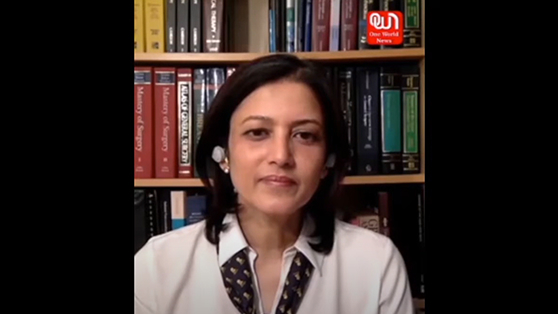Why breast cancer screening for women

Mammographic screening

Early Detection

Avoiding mastectomy & Improved Breast Conservation Rate

Increased Survival Rate








- A common symptom is a lump or thickening in the breast or underarm, often painless, that feels different from the surrounding tissue.
- Changes in breast size or shape, or unexplained swelling, especially if limited to one side, may also be concerning.
- Skin changes such as dimpling, puckering, redness, or a texture resembling orange peel can be signs of underlying issues.
- Nipple changes, including inversion, discharge (especially bloody or clear), or itching and scaling, should not be ignored.
- Persistent breast pain, although less common, can sometimes be a symptom as well.
- Another possible indicator is swelling or a lump near the collarbone or armpit, which could suggest spread to nearby lymph nodes.

All women should have yearly mammograms
starting at the age of 40

Detection of early breast cancer by mammography is
associated with excellent survival and breast preservation

MAMMOGRAM shows an irregular mass in the left breast, suspicious for cancer (arrow)
The most patients with breast cancer are
candidates for Breast Conservation Surgery

Sentinel Lymph Node Biopsy
What is a Sentinel Lymph Node?
The sentinel lymph node is the initial lymph node or group of nodes where cancer is most likely to spread first from the original tumor.
What are the Advantages of SLNB?
SLNB avoids the extensive lymph node removal, minimizing the risk of complications, including:
- Lymphedema, or swelling in the arm
- Seroma, which is fluid accumulation at the surgical site
- Numbness, tingling, or discomfort in the arm
- Weakness or reduced mobility in the shoulder
Breast Cancer Surgery
When treating breast cancer, surgery plays a crucial role, and two primary options are available: Total Mastectomy and Breast Conservation Surgery (BCS)
Total Mastectomy
A total mastectomy involves removing the entire breast, including the nipple and areola

Breast Conservation Surgery
Breast Conservation Surgery, also called lumpectomy, removes the tumor along with a margin of healthy tissue, preserving most of the breast. BCS offers the advantage of preserving the breast, quicker recovery, and better cosmetic outcome, making it a preferred choice.













